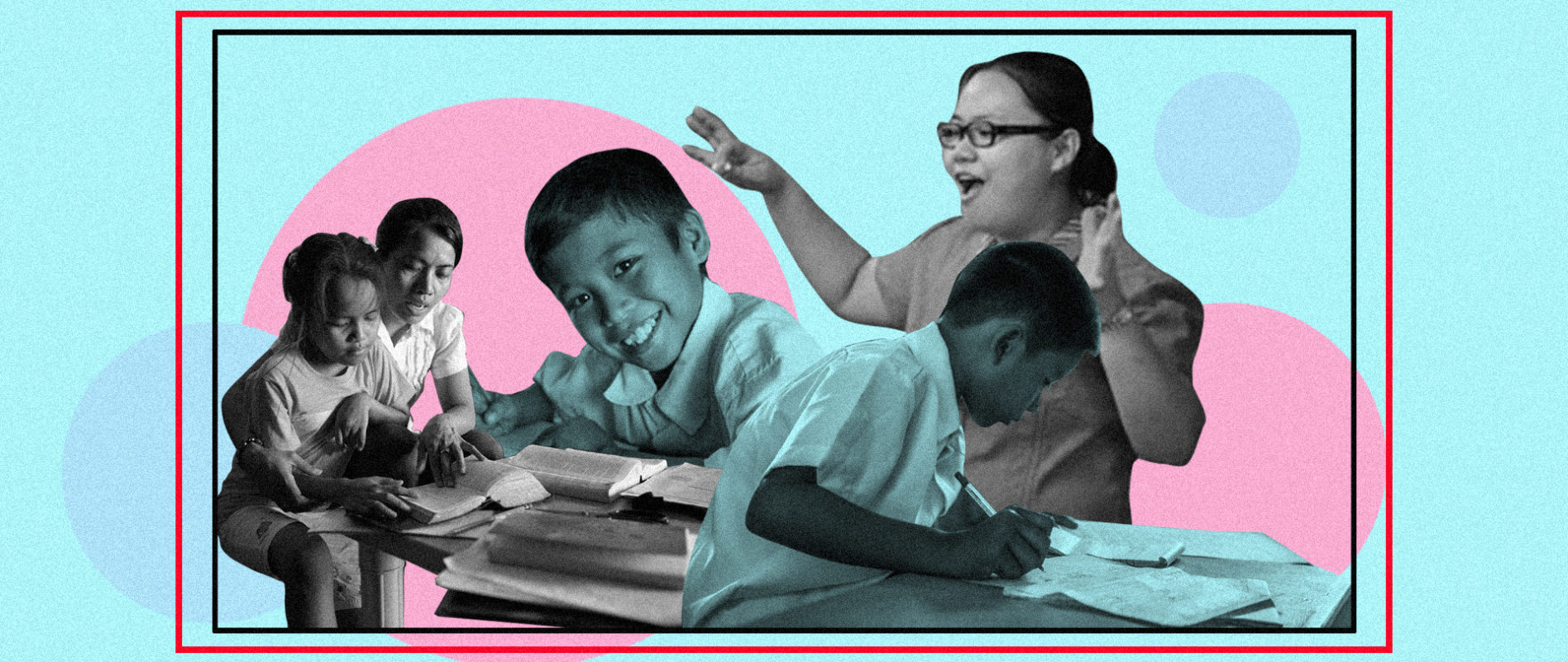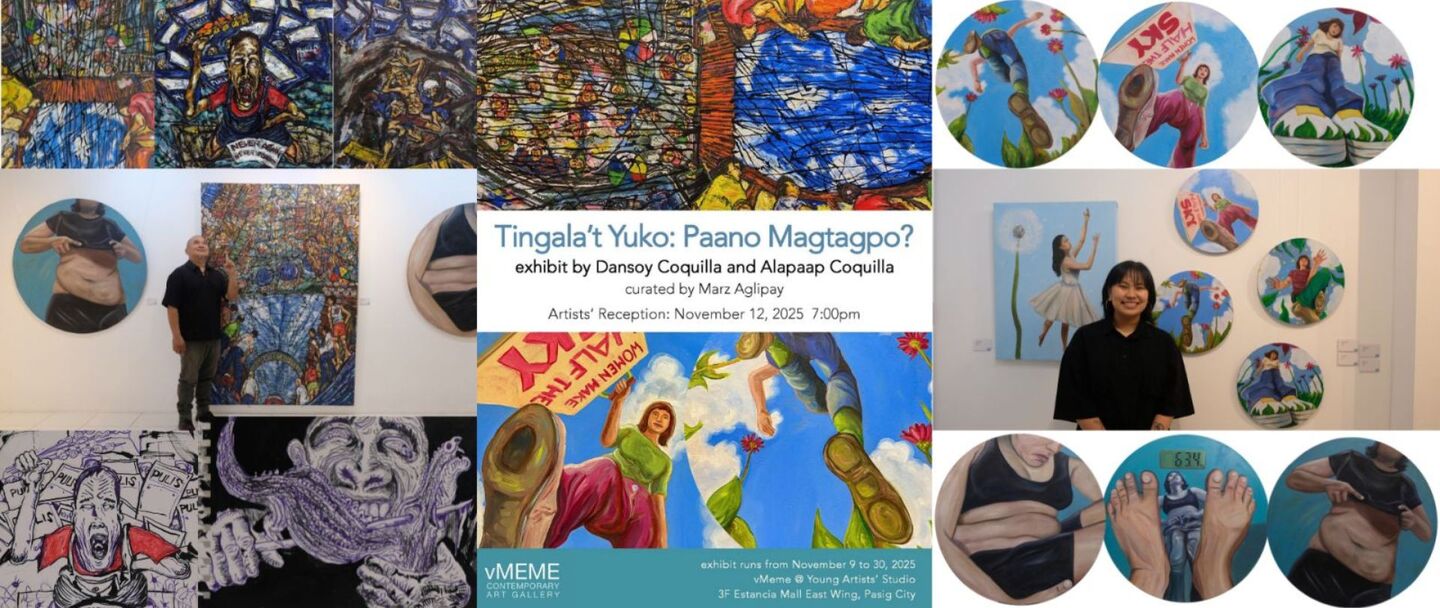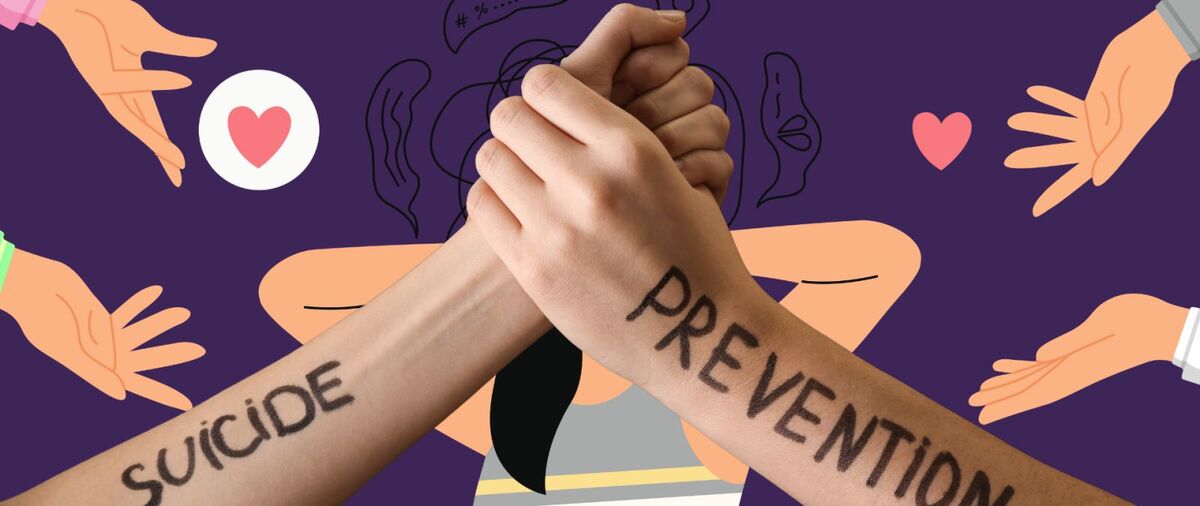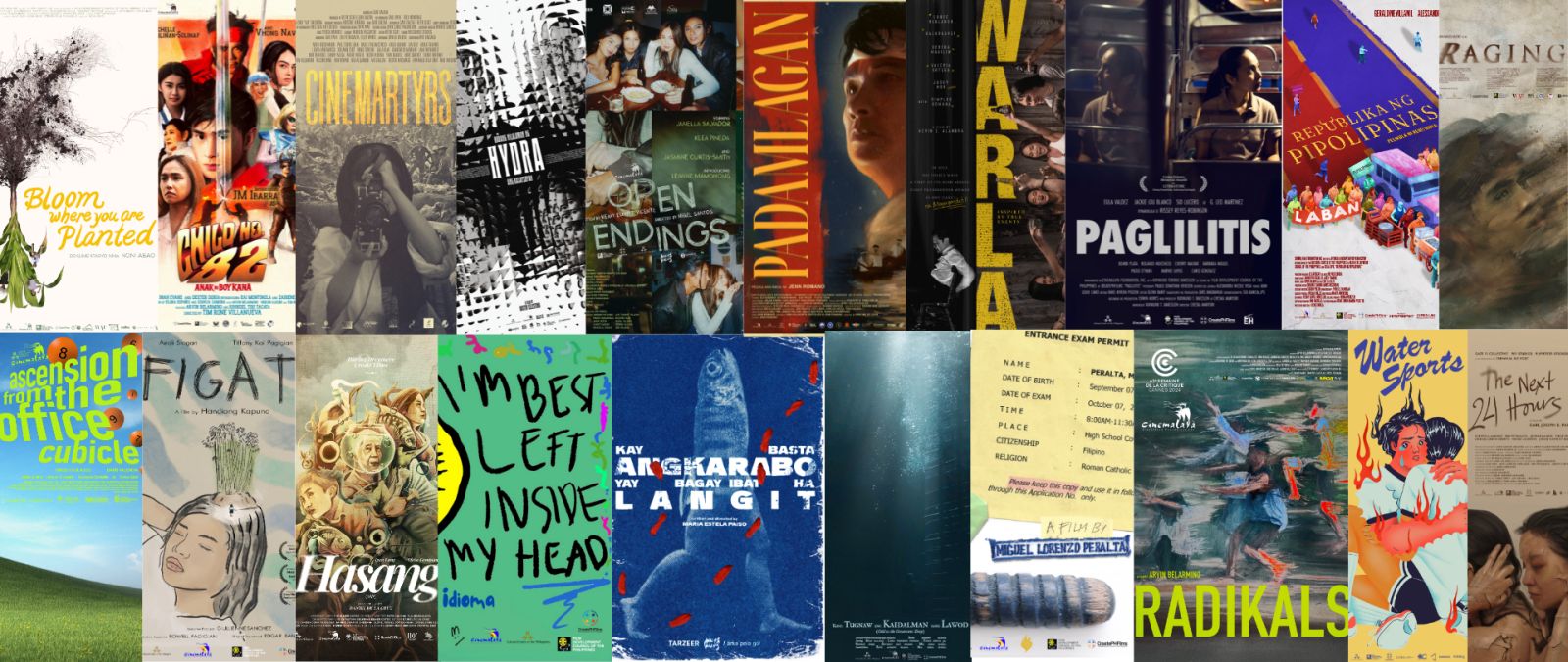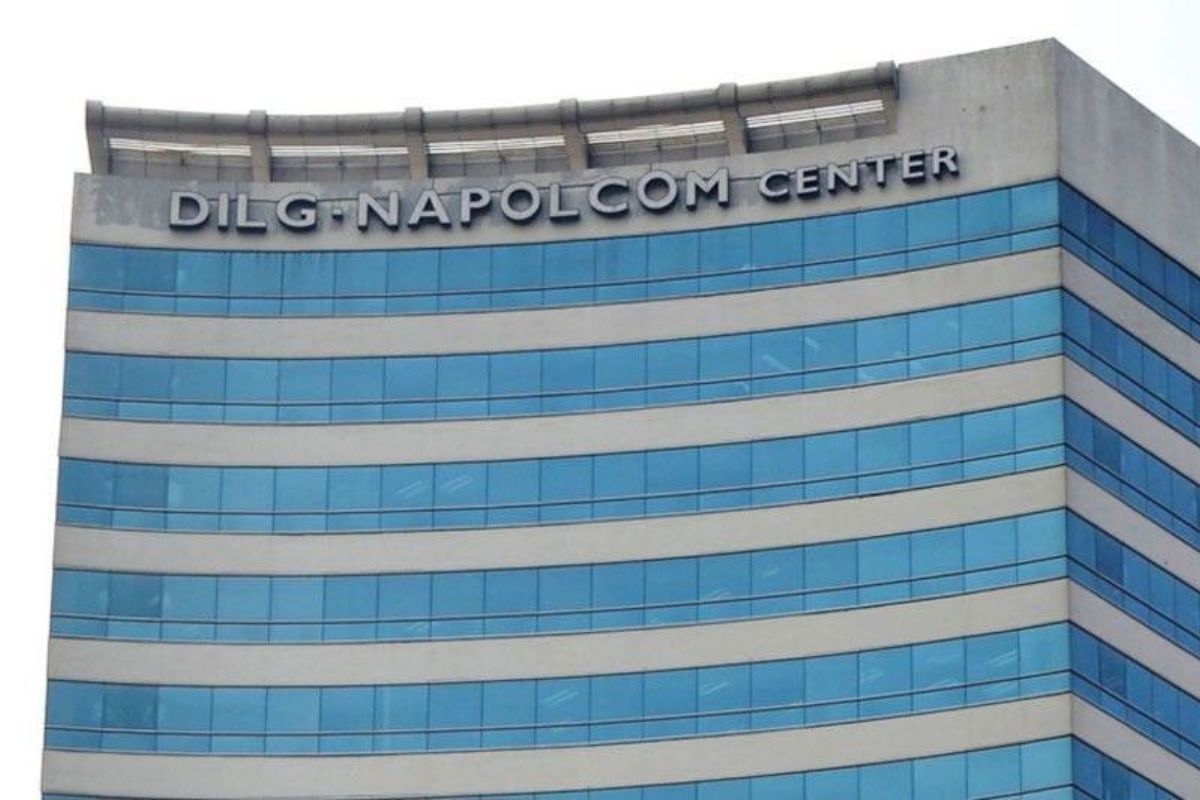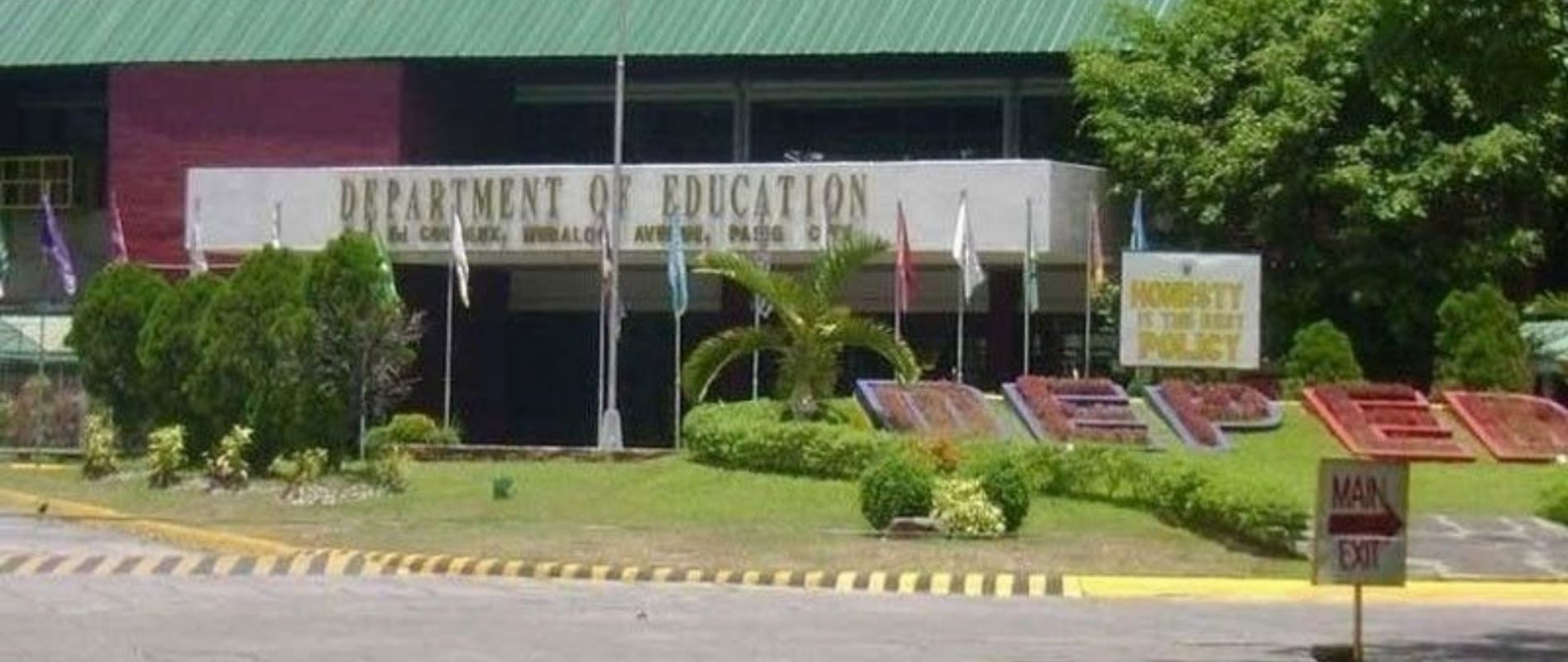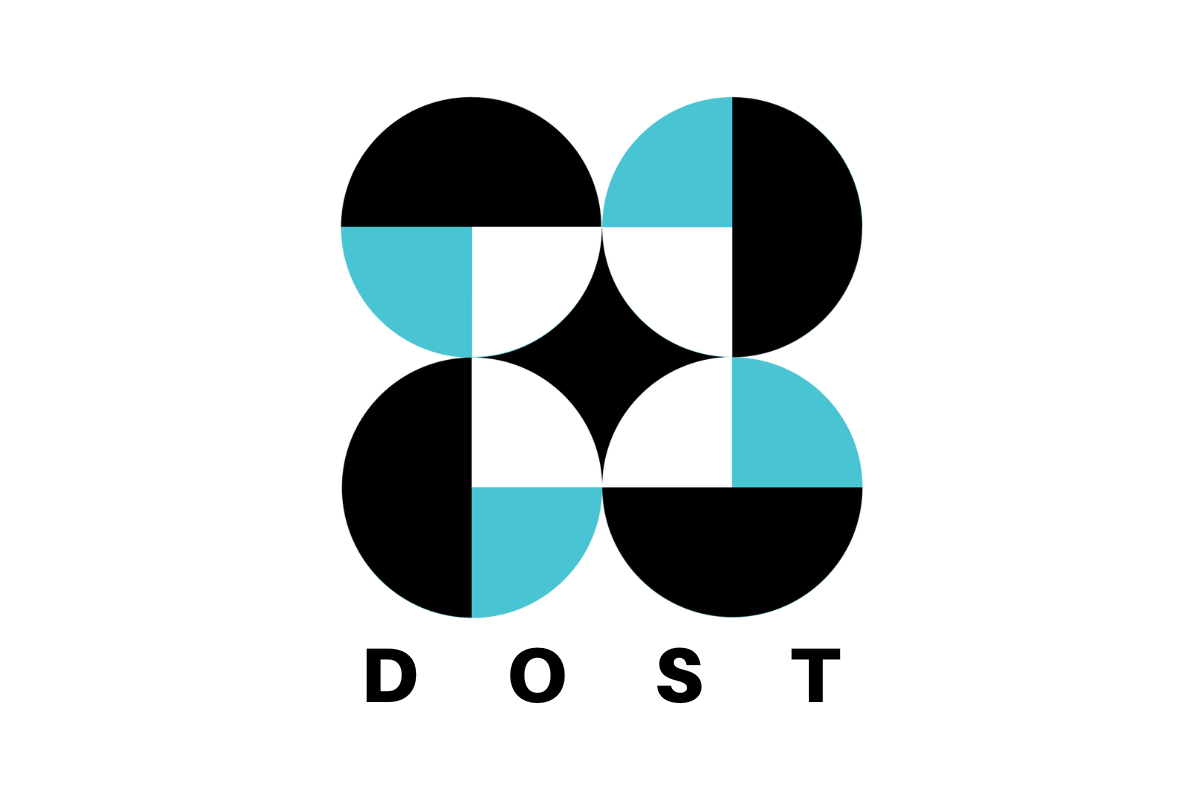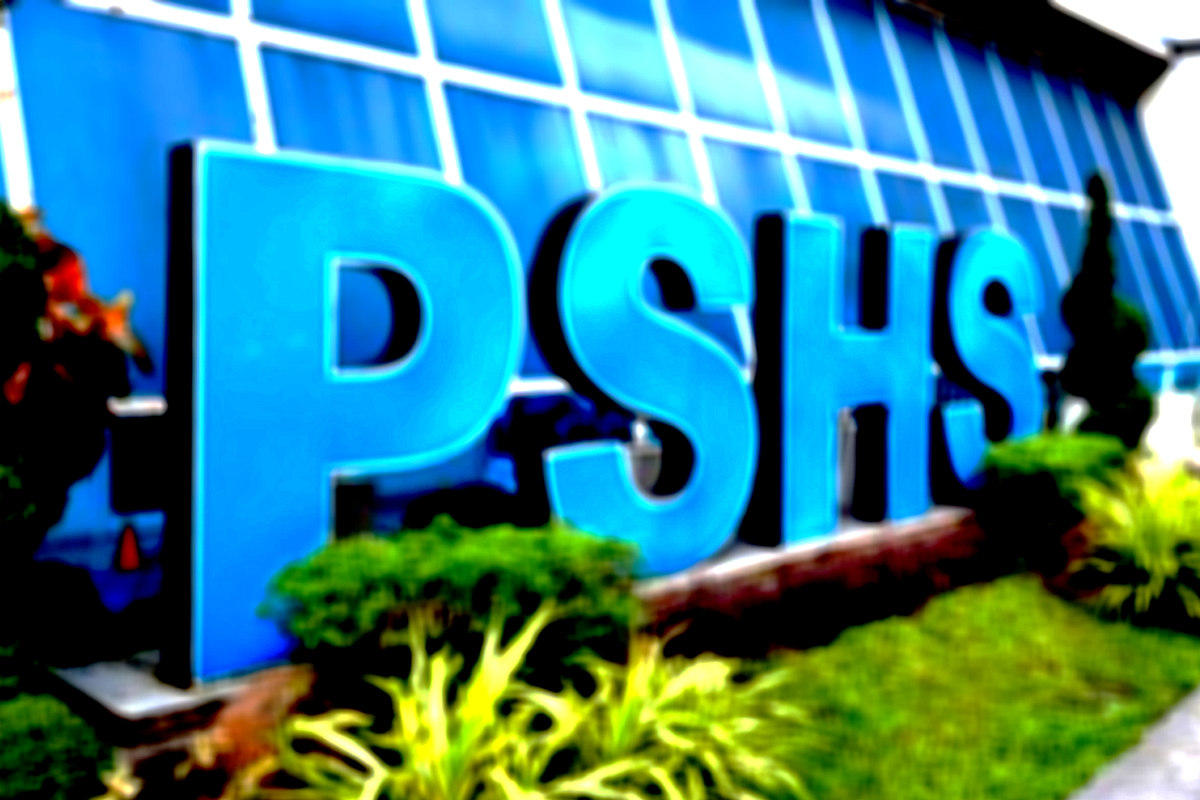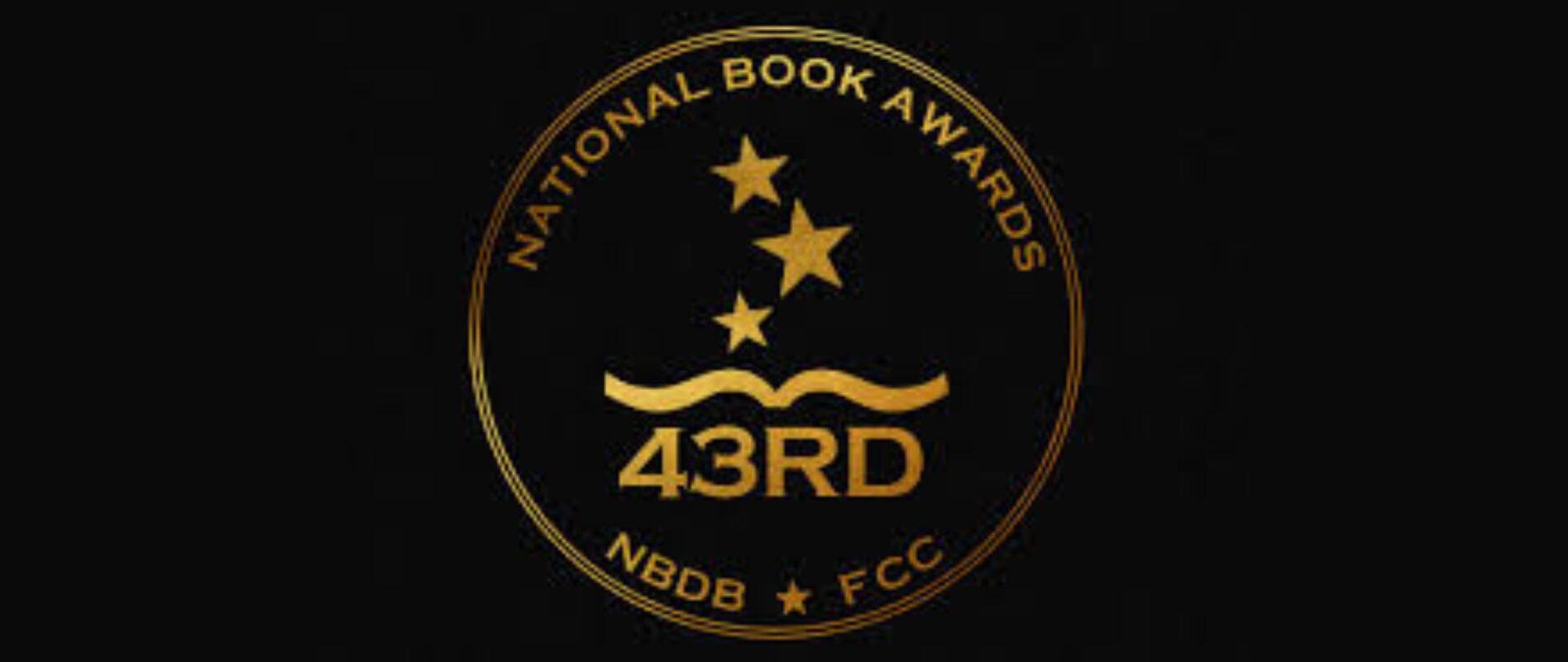FIND OUT WHY MOTHER TONGUE-BASED EDUCATION IS IMPORTANT IN THE PH AT THIS FESTIVAL OF LEARNING
Don't miss this 28-day international conference that's all about mother tongue-based multilingual education, and getting to the bottom of why we need to change up the system and curriculum in the first place.
What is the role of language in education?
A common misconception in education is that the sole role of language in academia is by medium of instruction, or the vocabulary used in the classroom by teachers when discussing the course to students, and vice versa. Therefore, in the discourse surrounding Mother-Tongue Based Multilingual Education (MTB-MLE), we often make the mistake of focusing too much on the so-called hierarchy of using English, Filipino, or any “regional” language to get our point across. This is also the same focus most educators have when talking about how to improve the quality of education in the country—resulting to band-aid solutions and short-term programs for our current system.
But instead of looking at language as a discussion on grammar and vocabulary, how about we focus more on the functionality of language? This is a concept introduced by Dr. Ricardo Nolasco, Head of 170+ Talaytayan MLE, Inc., a non-profit Filipino organization that promotes MTB-MLE.
For Dr. Nolasco, the very essence of Mother-Tongue Based Multilingual Education is the “translation” of concepts to a student’s first language by using explanations that are already familiar to them, before adding official terms and vocabulary. It’s not about translating scientific terms and mathematical formulas from English to Tagalog, or any other language—it’s about explaining concepts using a language students already understand with words they already use in everyday conversation.
Pauline Mangulabnan of the University of Fukui, who has been an educator in Japan for almost six years now, noted some observations she had about the Japanese education system at the pre-conference Balitaktakan Sa Salamyaan discussion.
For instance, when learning the Japanese language, she noted that teachers would focus first on the things around the classroom, and let students point out objects to which they’ll teach the appropriate words for. They don’t start off with subject-verb agreement, or any other grammatical rules. Rather, they let students build their own stories with words they learn and already know, and just add on the proper sentence constructions later on.
This practice also applies to a subject like Mathematics. In the Philippines, we are taught about terminologies first: what is addition? what does it do? what is a plus sign? But in Japan, math teachers teach terms and equation vocabulary last. Instead, they explain the concept of addition first with pictures and stories, and only when students have fully understood what it means, do they teach them the appropriate word for these concepts.
In using the Japanese education culture and system as a model, we can see that language plays an even bigger role than what we originally thought, and perhaps a different one from what we believed altogether. It’s not only by the medium of instruction from teachers, or the words used in modules, that are important; it’s the use of language as a means of communication, as a way to exchange information, and as a method of person-to-person dialogue that’s just as, if not more, crucial. Which are two perspectives that deserve to be discussed by themselves.
Furthermore, Vic Nierva of Magbikol Kita, emphasized the importance of community in educating children and the youth outside of the classroom. He expressed how impactful concepts and words spoken by people children meet in the streets are, especially in their “formational” years. A child can learn one thing in the classroom, and a whole other thing outside depending on the type of community surrounding him/her. This is why he believes it’s important to look into community development as well in discussing a child’s academic journey.
Conversations like these are the focus of the 28-day International Mother Language Conference and Festival, hosted by 170+ Talaytayan MLE, Inc. Held on February 21—March 20, 2021, the almost month-long conference takes on the important discussions surrounding inclusive language education, including the need for diversity, equity, and better policymaking.
Dr. Ricardo Nolasco, Pauline Mangulabnan, Vic Nierva, and more researchers, educators, and practitioners, are joining the conference as speakers and panelists, with their own dedicated sessions covering a range of topics. These panelists, including both global and Filipino educators, are set to give concrete examples and suggestions to what “quality education” truly is, and how we can achieve it.
Clearly, our Philippine educational system needs a lot of work in building up proficiency, comprehension, and literacy. At the very core of these problems, lie an often-neglected issue, which is the very language in which we are teaching our students. What questions are we asking? What words are we using to explain? What culture are we building in the classrooms? And what merits are we focusing on?
At the International Mother Language Conference and Festival, these questions will be welcomed and discussed, so that we can all find the answers we need as a society to push forward with better quality education for all.
For more information, follow https://www.facebook.com/motherlanguageconference and https://170multilingualphilippines.org/.

